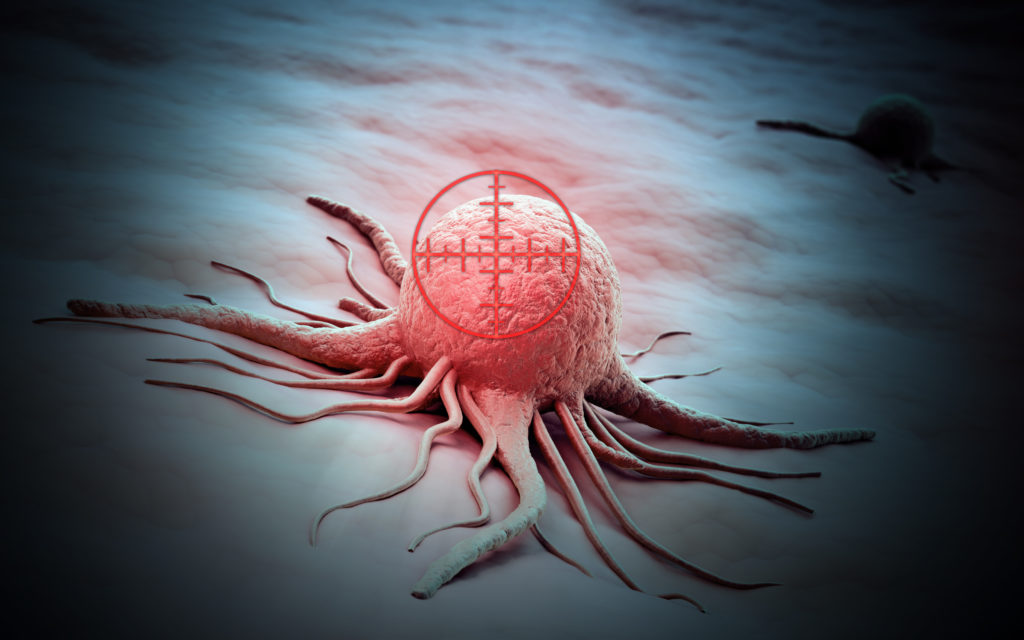Researchers from South Africa compiled an overview of scientific papers related to studies using nanoparticles as photosensitizing drug transporters in targeted PDT treatment for breast cancer.

The causes of breast cancer are primarily linked to mutations in DNA (found in genes including; HER2, p53, CHEK2, BRCA1, and BRCA2) and environmental factors. Given the vast number of people and families affected by this disease, scientists have developed an arsenal of conventional and unconventional treatment methods.
Researchers from the University of Johannesburg’s Laser Research Centre in South Africa published a paper in Oncotarget about the use of a more unconventional treatment option, called targeted photodynamic therapy (PDT). The team reviewed a compilation of scientific studies published over a decade that relate to the treatment of breast cancer and functionalized organic nanoparticles used in targeted PDT.
Organic Nanoparticles and Photosensitizers
The researchers report that due to their lack of specificity, current conventional therapy approaches to treat breast cancer (surgery, radiotherapy, and/or chemotherapy) often result in damaged healthy cells, leaving patients with long-term suffering and surgical scarring.
Previous studies have established that organic nanoparticles (NPs) are very small and important mechanisms which may be used in targeted PDT. Photoactivated chemicals, or photosensitizers (PSs), are capable of converting energy from light into electricity through photoelectricity.
“NPs act as selective photosensitizing drug transporters and energy converters within the PDT process.”
Targeted Photodynamic Therapy
Targeted PDT is a non-invasive and site-specific treatment method researchers use to eradicate cancerous tumor cells without excess damage to healthy cells. This is done through the use of PSs, laser light irradiation, and molecular oxygen in tissue to destroy the tumor cell.
NPs can be used for the targeted delivery of PSs to breast cancer cells to enhance the therapeutic efficacy and precision of PDT—eliminating the unwanted side effects of conventional therapy.
“[Targeted PDT] involves the administration of a passive tumor-localizing photosensitizer (PS), followed by localized tumor irradiation at a specific wavelength of light, which in turn, excites the PS. The excited PS then transfers its energy to tumor localized molecular oxygen, which causes cytotoxic reactive oxygen species (ROS) and singlet oxygen (1O2) to be generated, which in turn, oxidize surrounding cellular macromolecules and so, destroy tumor cells.”
Conclusion
This review highlights the integration of nanoscience and PDT, which the researchers hope will open a new window of interest in the exploration of NPs used in the targeted drug delivery of PSs to breast cancer cells. This level of high selectivity and specificity has been shown to diminish unwanted side effects in healthy cells and enhance treatment outcomes.
“The main focus of this review is to highlight the importance of NP active PDT targeting drug delivery systems to improve the overall biodistribution of PSs to desired breast cancer tumor locations.”
—
Oncotarget is a unique platform designed to house scientific studies in a journal format that is available for anyone to read – without a paywall making access more difficult. This means information that has the potential to benefit our societies from the inside out can be shared with friends, neighbors, colleagues, and other researchers, far and wide.
Click here to read the full scientific paper, published in Oncotarget.



